(lets assume that the two inputs of the circuit are tied to ground)
what happens when the power is switched on (e.g. battery connected)?
At an electrical level a logic gate is effectively a crude amplifier. In the SR latch circuit the amplifiers are connected together in positive feedback. This creates a circuit with an unstable equilibrium. If the output voltage is above the equilibrium point then it will rise until it saturates at a logic high. If it is below the equilibrium point then it will fall until it saturates at a logic low.
If there was no noise and the design was perfectly symmetric then by symmetry the output would sit at the equilibrium point. In the real world there is always assymetry and noise, which will push the output away from equilibrium and then positive feedback will take over and push the circuit to a saturated state. Which of the two states it ends up saturated in is unpredictable and may also be inconsistent.
How long this will take depends heavily on the particular logic family, with most oldschool logic it will be very quick, however some low voltage families may have an effective dead-band in the amplification resulting in much longer settling times.

